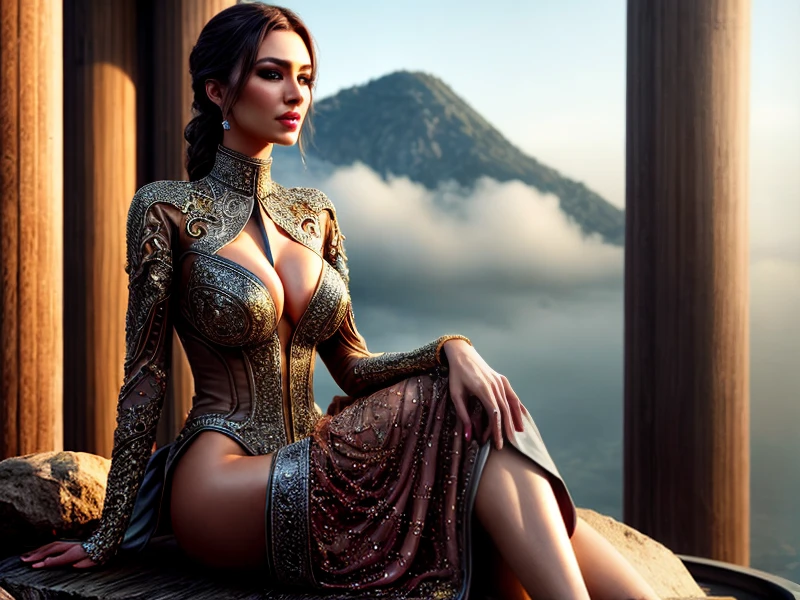For centuries, the material has been an essential component of human civilization. From its humble beginnings as a practical material for protection and warmth, it has evolved into a fashion industry symbol of luxury and style. Its history in fashion is rather long. Let's read about it in the following article.
It can be traced back to ancient civilizations such as Egypt, Mesopotamia and China. Animal hides were initially used for their practicality, providing early humans with protection from the elements and predators. The process of tanning, discovered in ancient times, transformed raw animal hides into the durable and versatile material we know as leather today.
As civilizations advanced, so did the use of leather. It was used for clothing, footwear, and accessories in ancient Rome. It symbolized wealth and social status. During the Middle Ages, the art of leatherworking flourished. So happened to skilled craftsmen who created designs and patterns. Leather became a popular material for armor and military clothing because it offered both protection and style on the battlefield.
During the Renaissance period, leather continued to be a prominent material in fashion. It was used for opulent garments worn by the nobility, e.g. doublets and jerkins. Leather accessories, e.g. gloves and belts, were also in high demand. The Renaissance changed people's perceptions of leather, which became associated with elegance and refinement.

The Industrial Revolution brought significant advancements in leather production. Mass production techniques allowed leather to be more accessible to the general population. It quickly became a popular material for everyday items, e.g. shoes, bags, and furniture. Leather's durability and versatility made it an ideal one for many products.
In the 20th century, leather gained even more prominence in the fashion industry. It became synonymous with rebellion and counterculture, thanks to its association with motorcycle jackets and rock 'n' roll. Leather garments, e.g. biker jackets and leather pants, became iconic symbols of individuality. Currently, leather remains a timeless and versatile material in the fashion industry. Leather goods are highly valued for their durability, luxury, and timeless style. The fashion industry continues to innovate with leather, exploring new techniques and finishes to create unique and contemporary designs.

Throughout history, leather has played a significant role in various eras and cultures. Its influence can be seen in military attire, where leather provided protection and functionality on the battlefield. Leather armor and accessories were essential for soldiers, offering both style and practicality. In the modern era, leather has become a staple in the fashion world. Designers and fashion houses incorporate leather into their collections, showcasing its versatility and timeless appeal. Leather jackets, handbags, and shoes are coveted items that never go out of style.
The history of leather in fashion is a captivating tale of transformation and innovation. From its origins as a practical material for protection, leather has evolved into a symbol of luxury and style. Its enduring popularity in the fashion industry is a testament to its durability, versatility, and timeless appeal.
Whether it's a classic leather jacket or a stylish leather handbag, leather continues to captivate fashion enthusiasts around the world.


